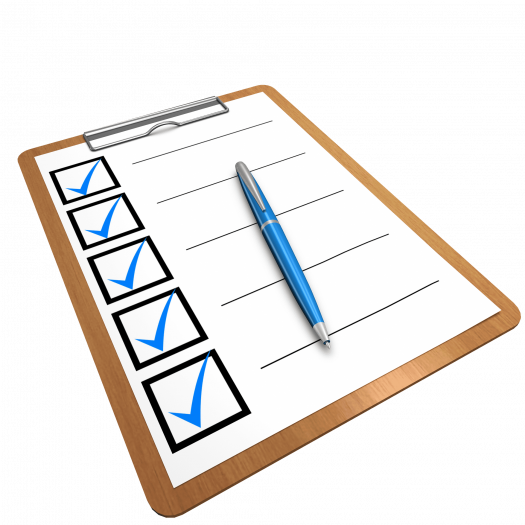by Jessica Hardy, Ph.D.
In our first webinar in the “Intentional Design: Promoting Positive Behavior” webinar series, we discussed the importance of gathering information about children’s challenging behavior and shared some tools for doing so. But how do you know what data collection tool is best? Luckily, the tools we shared all help you collect important information. It’s important to consider three questions.
Q1: What Do You Want to Know?
The first, and most important, question you should consider is what type of information is of interest to you. If you are interested in knowing when and where challenging behavior occurs, you could use the scatterplot data collection form (pp. 3-4). This allows you to quickly and easily collect data on when and where challenging behavior occurs and provides some information about how often the behavior occurs.
However, if you are primarily interested in knowing how often a behavior occurs, you should one of the frequency count, or tally, data collection forms (pp. 1-2). This is another quick and easy form to use, but its focus is measuring the frequency of challenging behavior.
If you are most interested in understanding why challenging behavior is occurring, you should use the ABC recording checklist (p. 5) or one of the ABC recording forms (pp. 6-8). These forms allow you to collect data on the type of challenging behavior and its antecedents and consequences. It also helps you hypothesize about the function of the challenging behavior.
Q2: What Will be Easiest to Use Accurately and Consistently?
The second question to consider is what data collection tool you and the other members of your team will find it easiest to use. When tools are easy to use, we are more likely to use them accurately and consistently. It is important to be realistic when selecting tools. The tool that provides the most comprehensive information about the child’s challenging behavior is only effective if it is used!
Q3: How Can You Practice Using the Tool?
Once you have selected your data collection tool(s), you need to practice using it. The best way to practice is in the actual setting in which you plan to use the tool. If that is not practical or possible, you can use videos to practice. Below are some websites with video examples of children that include challenging behavior.
-
-
- PBS Case Study: Brendan from National Center for Pyramid Model Innovations
- Behavior Support case studies from Making Access Happen Learning Community
- Challenging Behavior videos from CSEFEL’s Module 3a
-
Our OneOp 2020 series on behavior, Intentional Design: Promoting Positive Behavior, will explore these ideas and more. Our next webinar, Creating Space: Arranging Environments to Promote Positive Behavior, will be on Tuesday, June 16th. We will provide helpful strategies and useful tools to assist early childhood practitioners in their day-to-day practice. Arrangement of learning centers, toys, and more to promote positive behavior for young children will also be discussed.
Image from Pixabay.com, CC0




![Blog Post Image: Pexels [Silhouette Photo of Jumping Children, photo by Margaret Weir, Sept. 22, 2017, CC0]](https://oneop.org/wp-content/uploads/2024/04/pexels-margaret-weir-620530-600x403.jpg)










